Blog: Articles on Psychological Wellbeing, Relationships, Brain Health, Counselling and Neurofeedback
Welcome to the blog of Sojourn Counselling and Neurofeedback. Articles posted here are written by our clinical staff and relate to services we offer or conditions we address. We hope they will be helpful to you in some way, whether you're considering counselling for yourself or someone else, gathering information on a mental health related issue, or just want to find out more about who we are and what we do.
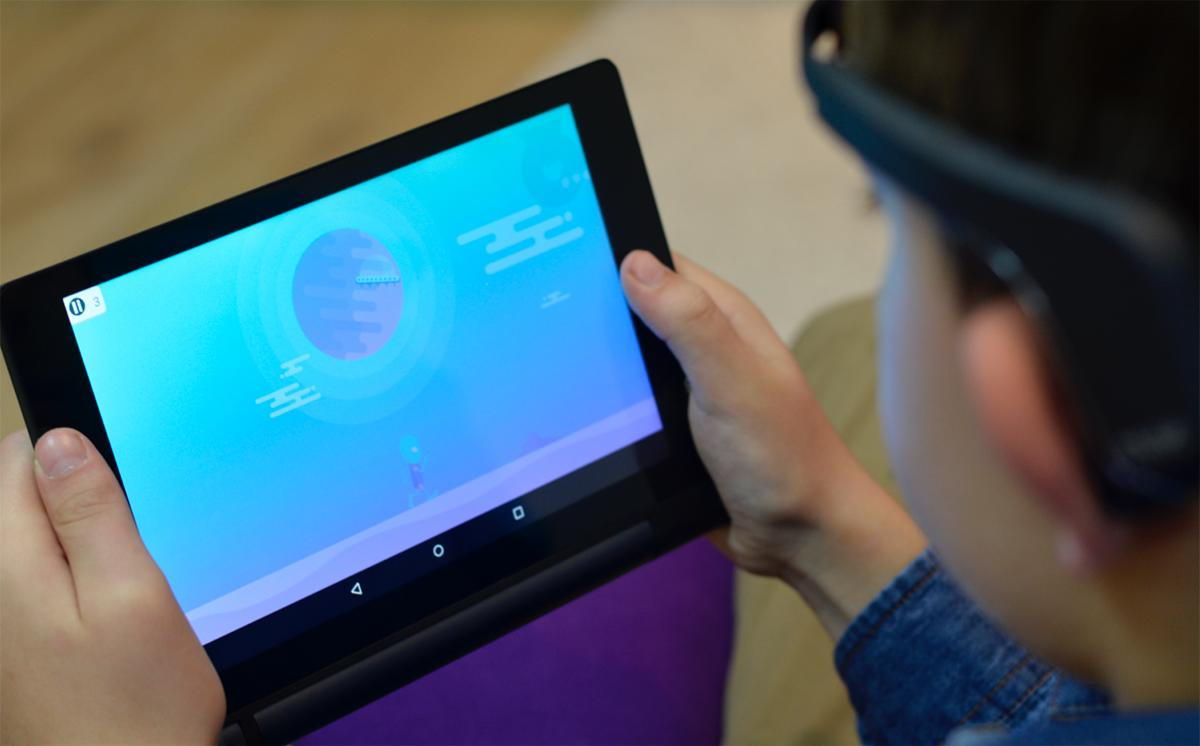
Home Neurofeedback: An Easy, Effective, and Enjoyable Way of Improving Quality of Life
I have been practicing neurofeedback for over 14 years, both on myself to improve personal performance and wellbeing, and with clients as a mental health practitioner. In university I became fascinated to learn how the brain changes itself to become more efficient. I learned that experience and challenge are main neuroplasticity factors facilitating structural and functional changes that lead to improved efficiency. When I learned about neurofeedback I became excited about the possibility of challenging the brain with very specific experience designed to improve functionality that had been underperforming.
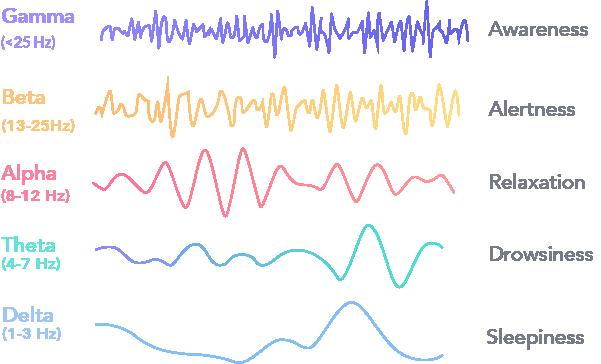 EEG frequency groups and associated mental states.Over the past number of decades, science has been shedding light on what distinguishes the brains of people with cognitive or mental health issues versus those without these conditions. EEG technology has evolved to detect the distinguishing features of these conditions. Researchers began investigating how to use the EEG to give streaming information on moment-to-moment changes in the brain. They found that the EEG can be used to show when the brain is in mental states like sleep, drowsy, alert, focused, calm, depressed, anxious, etc.
EEG frequency groups and associated mental states.Over the past number of decades, science has been shedding light on what distinguishes the brains of people with cognitive or mental health issues versus those without these conditions. EEG technology has evolved to detect the distinguishing features of these conditions. Researchers began investigating how to use the EEG to give streaming information on moment-to-moment changes in the brain. They found that the EEG can be used to show when the brain is in mental states like sleep, drowsy, alert, focused, calm, depressed, anxious, etc.
Neurofeedback harnesses the information inherent in the EEG to give streaming information about the movement into and out of these states with the purpose of training the user to maintain and more easily enter advantageous mental states. It appears that with regular training, the user becomes better able to achieve these states even when not receiving the feedback. We know that the brain is plastic and the cells change in the way they are connected to one another and how easily they conduct signals. I couldn’t wait to get my hands on such a device to find out more about my own brain and begin to optimize it.
I wanted some way of training my brain to manage stress and anxiety, and to improve focus. My clients have expressed similar desires, as well as to improve sleep, regulate mood, reduce emotional reactivity and anger, reduce depression, recover from brain injury, and improve general performance. Neurofeedback has been shown to improve all these and more (Hammond, 2008).
Neurofeedback is like having a personal trainer for the brain. The system lets the brain know precisely which exercises will result in goal achievement and conveys a constant stream of information to reinforce desired states.
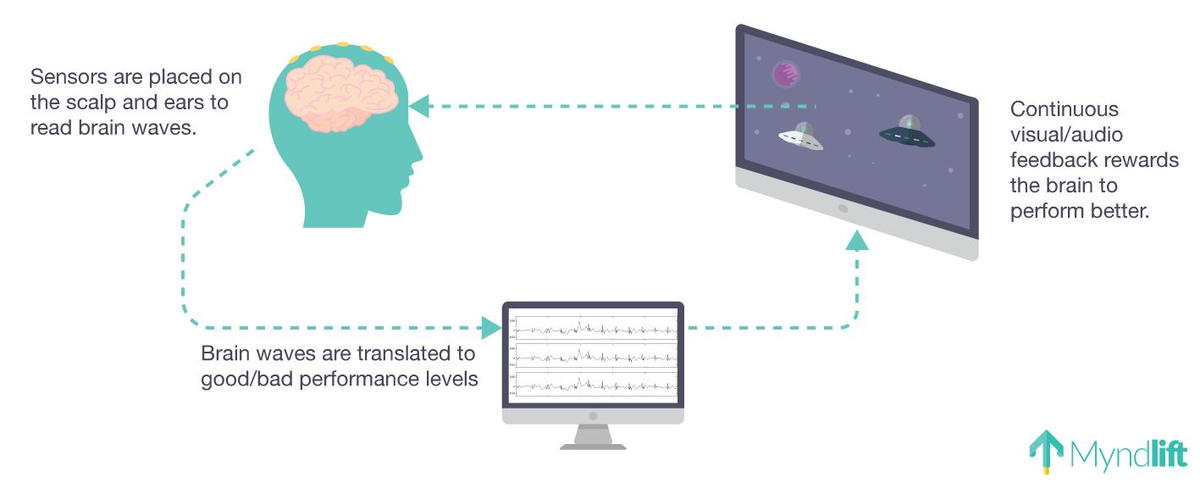
Over the years I have experimented with a number of neurofeedback systems and have been on the lookout for those that seemed to me best capable of providing positive results. I have used a number of neurofeedback systems in my practice and was excited to discover a system that can deliver neurofeedback parameters set by the practitioner. This system can be used to design and deliver custom neurofeedback protocols remotely, monitor sessions live or asynchronously, and adjust training protocols as needed. The system allows for in-app delivery of EEG assessments just like the ones we use in the office so we can monitor progress and make changes to the training protocol as necessary.
What I like most about this system is that it doesn’t require sessions to be done in the office. Users can set up and run training sessions from just about anywhere. This makes EEG brain training much more convenient, accessible, and not to mention affordable. The user can put on the headset as a part of a morning routine in preparation for the day, while on a break from work, after work, before bed, or anytime throughout the day. Because it doesn’t require an office visit with a therapist, savings in overhead can be transferred to the user.
Compared to other home systems that require a laptop or tablet, this system is comprised simply of a headband, single sensor, and paste. It relies on the device you carry around with you anyways, your smartphone, to process the EEG signal and relay feedback. The system comes in a compact carrying case and is easily and discreetly transportable.
EEG Signal Quality
Of course, the system must be capable of collecting usable data. This means a clean, robust electrical signal from the brain. We must be confident that feedback is generated based on brain-derived electrical activity and not movement artifacts or electrical currents from nearby appliances or outlets. This system uses the Muse headband to collect EEG data, which has been shown to collect excellent quality EEG data (Krigolson, et al., 2017; Ratti, et al., 2017). The native, dry sensors on the headband are more prone to artifact than sensors that use paste. Our system comes with an external sensor that is connected to the head with conductive paste to improve signal conduction and quality.
The rental neurofeedback systems we use boasts very high quality signal processing which filter out artifacts from the electrical signal of interest. When the signal is poor, training is paused and suggestions for signal improvement given.
Is the System Effective?
Numerous studies have shown neurofeedback to be effective in changing the frequencies of interest. But does the system we use detect brain signals and deliver feedback well enough to achieve learning? Doniger and Kaddan (2019) tested its ability to improve attention in people with ADHD to show that the participants were able to significantly improve their overall performance, attention and hyperactivity compared to a control group.
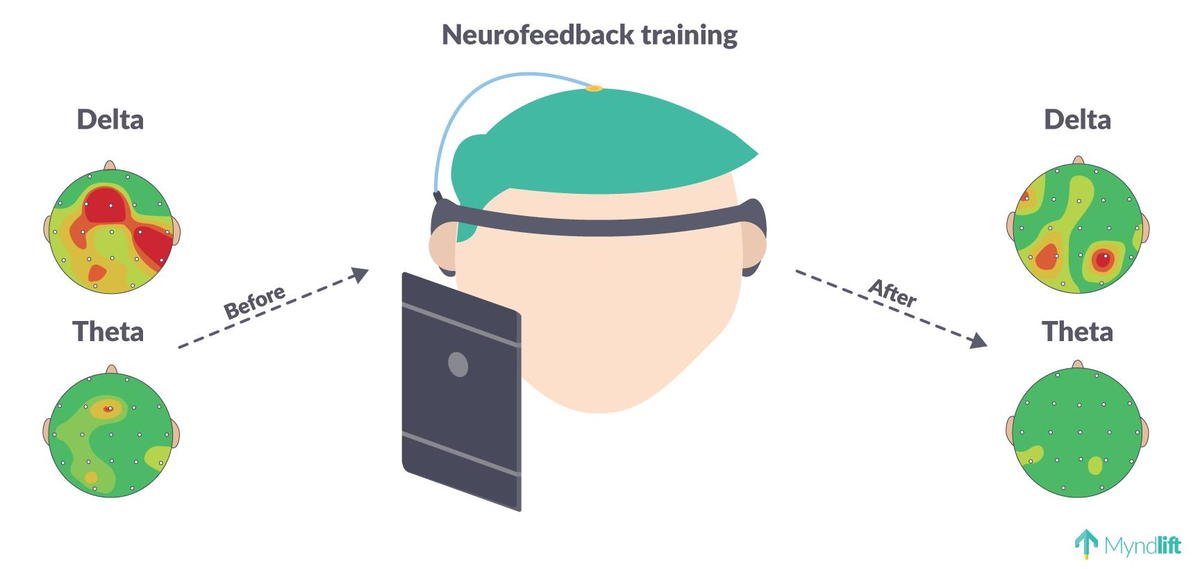 Before and after brain maps show the effect of neurofeedback training to decrease delta and theta power.Convenient and Portable
Before and after brain maps show the effect of neurofeedback training to decrease delta and theta power.Convenient and Portable
One benefit of the remote system is that there is only one ‘wet’ sensor to apply. Most neurofeedback systems require sticky paste be applied to 3-5 sensors attached to the scalp and ears to conduct the signal.
The headset connects wirelessly to a smartphone or tablet. This makes setting up and running a session clean and simple. The single sensor attaches to the scalp with paste and plugs directly into the headband so the wire is virtually unnoticeable once connected. If you need to move to another room in the middle of a neurofeedback session, just pick your mobile device up and go.
The app walks the user through each step of the process of placing the headband and sensors into the appropriate locations. It also provides troubleshooting instructions when it detects that the signal quality needs improvement. The instructions are easy to follow and videos are given to demonstrate the various steps.
Brain Maps and Assessments
This method of training is great for those who like to track statistics and see quantitative results as they train.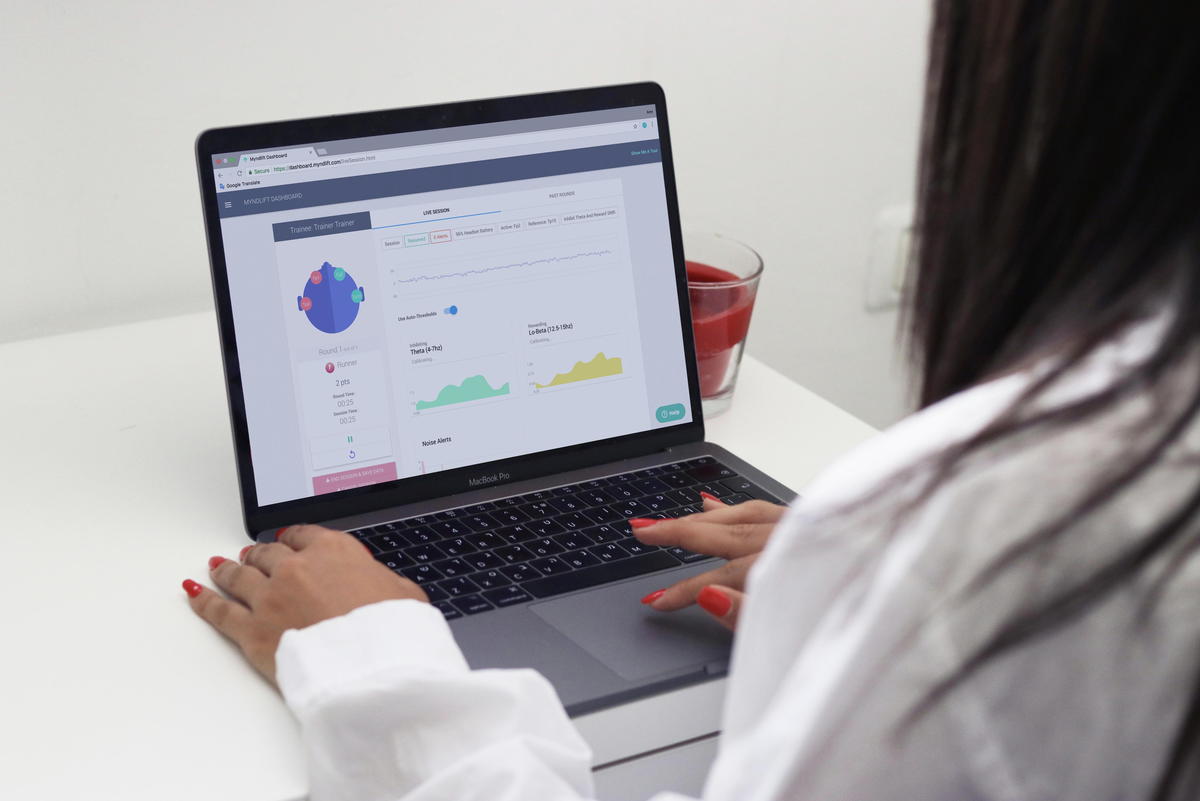 One of the attractive features of this system is the ability to remotely deliver a variety of assessments. Before the first training session we gather data about the user’s subjective experience via questionnaires relating to their stated goals. We can include an assessment task testing focus and attention, called the Continuous Performance Test. We can also get detailed information directly from the brain through EEG recordings taken from various locations on the head.
One of the attractive features of this system is the ability to remotely deliver a variety of assessments. Before the first training session we gather data about the user’s subjective experience via questionnaires relating to their stated goals. We can include an assessment task testing focus and attention, called the Continuous Performance Test. We can also get detailed information directly from the brain through EEG recordings taken from various locations on the head.
If you haven’t had an EEG assessment done in the office, we can set one up for you to complete with the rental system at home. The app guides the user through the simple steps of applying the sensor to 5 different locations on the head and taking a brief recording at each. The app lets the user know if the signal quality needs improving and how to adjust the sensor accordingly.
During the 20 minute assessment the system will record brain wave activity under a variety of conditions to get information about how the brain operates when the eyes are closed, open, and engaged in a cognitive task.
Once complete, you will be given information about how well your brain operates and where it may need some improvement. The recordings taken from each scalp location are broken down by frequency - alpha, beta, delta, and theta, and an analysis done to determine whether the brain produces too much or not enough of each, as compared to databases of brain maps taken from people both with and without clinical issues. Your results for each brain wave at each location are displayed graphically in the app, showing whether they are within the normal range.
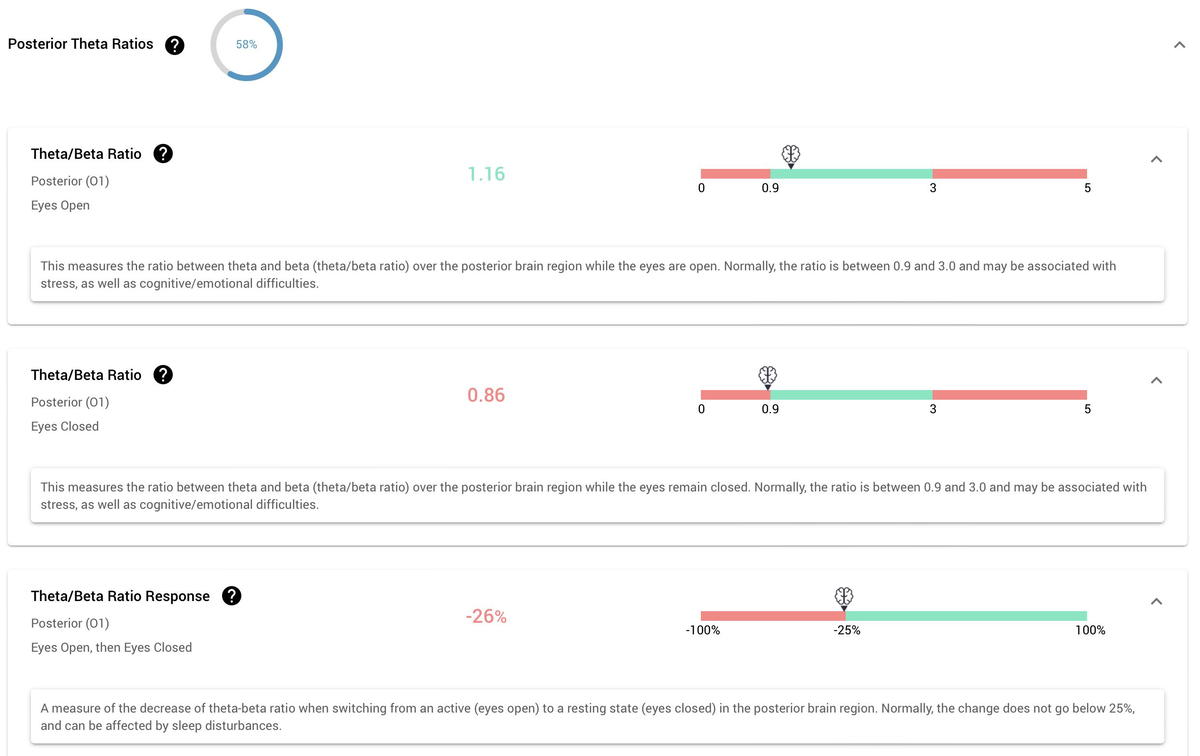
You are also given information about the symptoms that typically correspond to the production of too much or not enough of a particular wave at a specific location. For example, someone who produces much beta and/or little theta often has difficulty relaxing, is highly susceptible to stress, and cannot easily drift off to sleep.
A brain map is generated from data recorded from all five placements, in addition to four sensors native to the headband. This is displayed as a heat map with colours to indicate the amount of each wave your brain produces at these various locations compared to a normed database by age and sex.
 The system also displays graphically the amount of usable data collected during the assessment from each sensor. This tells us how reliable the data is and whether we need to rerun the assessment to get results we can trust.
The system also displays graphically the amount of usable data collected during the assessment from each sensor. This tells us how reliable the data is and whether we need to rerun the assessment to get results we can trust.
Once you’ve finished the assessment, your results are instantly available to your Sojourn neurofeedback clinician who will then set up a training protocol based on your brain’s unique profile and your personal goals.
After having completed a number of training sessions you will retake the assessment to monitor progress. You will also be given questionnaires for us to understand how you are experiencing the effects of the training. We use this data to modify the protocol if necessary.
Neurofeedback Training
Once your protocol is set up, you can train whenever and as often as you like during the rental period.
You have the option to train with simple video games, YouTube videos, your streaming services like Netflix, Apple TV, Spotify, Apple music, etc. (only on iOS devices) or audio only. Feedback is given to encourage the brain to produce the desired state. If the brain is meeting the training parameters, ie. increasing or decreasing the frequencies we are targeting, then the game runs smoothly or the audio/visuals remain clearly perceptible. When the brain is not meeting the set parameters, the game slows, the video darkens, or the audio fades. This feedback reinforces the desired trajectory. The user can choose from a variety of preselected musical options or from the entire library of YouTube videos available online, audio/video elements which will increase and decrease to encourage better focus, or calm, or whatever the training parameters have been set to improve. In this way, over time, the brain learns to function better, improving the qualities we are targeting.
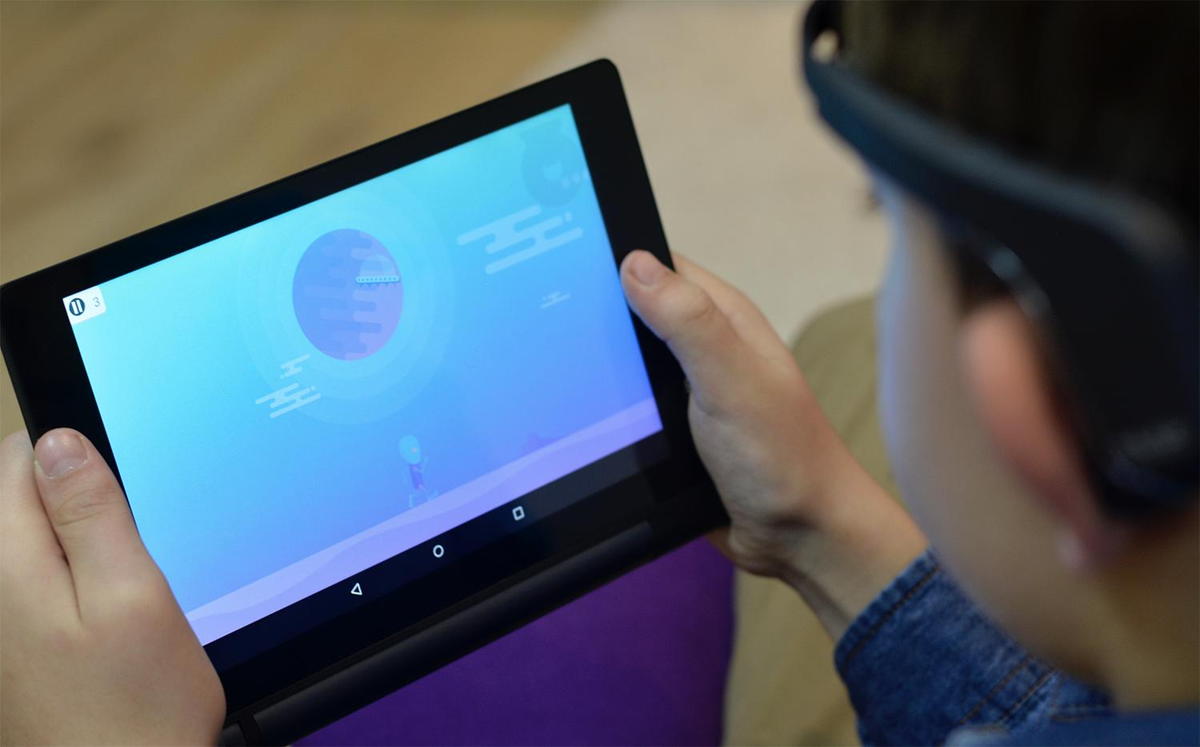 With regular and persistent training functional and structural changes take place in the brain that persist after training is discontinued. The number of sessions people typically do to achieve their goals typically ranges from 20-60, depending on severity of symptoms.
With regular and persistent training functional and structural changes take place in the brain that persist after training is discontinued. The number of sessions people typically do to achieve their goals typically ranges from 20-60, depending on severity of symptoms.
One benefit of renting a neurofeedback system is that the entire family can train. As multiple members of a family improve their brain health, the dynamics within the family often change. When more resilient to stress, relationships are provided a chance to flourish.
With the home neurofeedback system, each person in the home would have their own private profile, do their own assessment and have an individualized training protocol designed just for them. It is possible to have all family members train with the same rental system.
Tailor-Made Training for Each Unique Brain
For me, training with this system is a giant leap forward when compared with training just with the Muse headband. I have contacted representatives from Muse in the past to better understand the training parameters built into their system, but they have not released this information to me. I therefore have no way of knowing which frequencies their system is reinforcing, in which direction, or where on the scalp. It is not customizable to each user’s brain wave profile. With the system we use, we are able to do all of this and assess the functioning of each person’s brain via the system’s assessments. In addition, the Muse headband does not allow for training on scalp locations other than those directly under the sensors built into the headband. With the external sensor provided by our system we can record and train locations anywhere on the head.
We use protocol based home neurofeedback at Sojourn because:
- It allows for remote neurofeedback training
- The hardware and software are robust and collect clean data
- The ability to collect large amounts of data through built-in assessments
- The application is user-friendly with easy-to-follow instructions and videos
- The training experience is enjoyable with a huge variety of audio/visual options
Check out this page for rental neurofeedback system pricing, check out this page.
For more information or to set up your rental, contact us at [email protected].
References:
D. Corydon Hammond PhD (2008) Comprehensive Neurofeedback Bibliography: 2007 Update, Journal of Neurotherapy, 11:3, 45-60, DOI: 10.1080/10874200802126241
Krigolson OE, Williams CC, Norton A, Hassall CD and Colino FL (2017) Choosing MUSE: Validation of a Low-Cost, Portable EEG System for ERP Research. Front. Neurosci. 11:109. doi: 10.3389/fnins.2017.00109
Doniger GM, Kaddan A. Pilot study of the efficacy of mobile neurofeedback for attention-deficit/hyperactivity disorder (ADHD). Proceedings of the 27th ISNR Conference: Keynotes, Plenary Sessions, and Poster and Presentations; The 27th ISNR Conference; September 19-22, 2019; Denver, CO. 2019. p. 220.

Home Neurofeedback: An Easy, Effective, and Enjoyable Way of Improving Quality of Life
I have been practicing neurofeedback for over 14 years, both on myself to improve personal performance and wellbeing, and with clients as a mental health practitioner. In university I became fascinated to learn how the brain changes itself to become more efficient. I learned that experience and challenge are main neuroplasticity factors facilitating structural and functional changes that lead to improved efficiency. When I learned about neurofeedback I became excited about the possibility of challenging the brain with very specific experience designed to improve functionality that had been underperforming.
 EEG frequency groups and associated mental states.Over the past number of decades, science has been shedding light on what distinguishes the brains of people with cognitive or mental health issues versus those without these conditions. EEG technology has evolved to detect the distinguishing features of these conditions. Researchers began investigating how to use the EEG to give streaming information on moment-to-moment changes in the brain. They found that the EEG can be used to show when the brain is in mental states like sleep, drowsy, alert, focused, calm, depressed, anxious, etc.
EEG frequency groups and associated mental states.Over the past number of decades, science has been shedding light on what distinguishes the brains of people with cognitive or mental health issues versus those without these conditions. EEG technology has evolved to detect the distinguishing features of these conditions. Researchers began investigating how to use the EEG to give streaming information on moment-to-moment changes in the brain. They found that the EEG can be used to show when the brain is in mental states like sleep, drowsy, alert, focused, calm, depressed, anxious, etc.
Neurofeedback harnesses the information inherent in the EEG to give streaming information about the movement into and out of these states with the purpose of training the user to maintain and more easily enter advantageous mental states. It appears that with regular training, the user becomes better able to achieve these states even when not receiving the feedback. We know that the brain is plastic and the cells change in the way they are connected to one another and how easily they conduct signals. I couldn’t wait to get my hands on such a device to find out more about my own brain and begin to optimize it.
I wanted some way of training my brain to manage stress and anxiety, and to improve focus. My clients have expressed similar desires, as well as to improve sleep, regulate mood, reduce emotional reactivity and anger, reduce depression, recover from brain injury, and improve general performance. Neurofeedback has been shown to improve all these and more (Hammond, 2008).
Neurofeedback is like having a personal trainer for the brain. The system lets the brain know precisely which exercises will result in goal achievement and conveys a constant stream of information to reinforce desired states.

Over the years I have experimented with a number of neurofeedback systems and have been on the lookout for those that seemed to me best capable of providing positive results. I have used a number of neurofeedback systems in my practice and was excited to discover a system that can deliver neurofeedback parameters set by the practitioner. This system can be used to design and deliver custom neurofeedback protocols remotely, monitor sessions live or asynchronously, and adjust training protocols as needed. The system allows for in-app delivery of EEG assessments just like the ones we use in the office so we can monitor progress and make changes to the training protocol as necessary.
What I like most about this system is that it doesn’t require sessions to be done in the office. Users can set up and run training sessions from just about anywhere. This makes EEG brain training much more convenient, accessible, and not to mention affordable. The user can put on the headset as a part of a morning routine in preparation for the day, while on a break from work, after work, before bed, or anytime throughout the day. Because it doesn’t require an office visit with a therapist, savings in overhead can be transferred to the user.
Compared to other home systems that require a laptop or tablet, this system is comprised simply of a headband, single sensor, and paste. It relies on the device you carry around with you anyways, your smartphone, to process the EEG signal and relay feedback. The system comes in a compact carrying case and is easily and discreetly transportable.
EEG Signal Quality
Of course, the system must be capable of collecting usable data. This means a clean, robust electrical signal from the brain. We must be confident that feedback is generated based on brain-derived electrical activity and not movement artifacts or electrical currents from nearby appliances or outlets. This system uses the Muse headband to collect EEG data, which has been shown to collect excellent quality EEG data (Krigolson, et al., 2017; Ratti, et al., 2017). The native, dry sensors on the headband are more prone to artifact than sensors that use paste. Our system comes with an external sensor that is connected to the head with conductive paste to improve signal conduction and quality.
The rental neurofeedback systems we use boasts very high quality signal processing which filter out artifacts from the electrical signal of interest. When the signal is poor, training is paused and suggestions for signal improvement given.
Is the System Effective?
Numerous studies have shown neurofeedback to be effective in changing the frequencies of interest. But does the system we use detect brain signals and deliver feedback well enough to achieve learning? Doniger and Kaddan (2019) tested its ability to improve attention in people with ADHD to show that the participants were able to significantly improve their overall performance, attention and hyperactivity compared to a control group.
 Before and after brain maps show the effect of neurofeedback training to decrease delta and theta power.Convenient and Portable
Before and after brain maps show the effect of neurofeedback training to decrease delta and theta power.Convenient and Portable
One benefit of the remote system is that there is only one ‘wet’ sensor to apply. Most neurofeedback systems require sticky paste be applied to 3-5 sensors attached to the scalp and ears to conduct the signal.
The headset connects wirelessly to a smartphone or tablet. This makes setting up and running a session clean and simple. The single sensor attaches to the scalp with paste and plugs directly into the headband so the wire is virtually unnoticeable once connected. If you need to move to another room in the middle of a neurofeedback session, just pick your mobile device up and go.
The app walks the user through each step of the process of placing the headband and sensors into the appropriate locations. It also provides troubleshooting instructions when it detects that the signal quality needs improvement. The instructions are easy to follow and videos are given to demonstrate the various steps.
Brain Maps and Assessments
This method of training is great for those who like to track statistics and see quantitative results as they train. One of the attractive features of this system is the ability to remotely deliver a variety of assessments. Before the first training session we gather data about the user’s subjective experience via questionnaires relating to their stated goals. We can include an assessment task testing focus and attention, called the Continuous Performance Test. We can also get detailed information directly from the brain through EEG recordings taken from various locations on the head.
One of the attractive features of this system is the ability to remotely deliver a variety of assessments. Before the first training session we gather data about the user’s subjective experience via questionnaires relating to their stated goals. We can include an assessment task testing focus and attention, called the Continuous Performance Test. We can also get detailed information directly from the brain through EEG recordings taken from various locations on the head.
If you haven’t had an EEG assessment done in the office, we can set one up for you to complete with the rental system at home. The app guides the user through the simple steps of applying the sensor to 5 different locations on the head and taking a brief recording at each. The app lets the user know if the signal quality needs improving and how to adjust the sensor accordingly.
During the 20 minute assessment the system will record brain wave activity under a variety of conditions to get information about how the brain operates when the eyes are closed, open, and engaged in a cognitive task.
Once complete, you will be given information about how well your brain operates and where it may need some improvement. The recordings taken from each scalp location are broken down by frequency - alpha, beta, delta, and theta, and an analysis done to determine whether the brain produces too much or not enough of each, as compared to databases of brain maps taken from people both with and without clinical issues. Your results for each brain wave at each location are displayed graphically in the app, showing whether they are within the normal range.

You are also given information about the symptoms that typically correspond to the production of too much or not enough of a particular wave at a specific location. For example, someone who produces much beta and/or little theta often has difficulty relaxing, is highly susceptible to stress, and cannot easily drift off to sleep.
A brain map is generated from data recorded from all five placements, in addition to four sensors native to the headband. This is displayed as a heat map with colours to indicate the amount of each wave your brain produces at these various locations compared to a normed database by age and sex.
 The system also displays graphically the amount of usable data collected during the assessment from each sensor. This tells us how reliable the data is and whether we need to rerun the assessment to get results we can trust.
The system also displays graphically the amount of usable data collected during the assessment from each sensor. This tells us how reliable the data is and whether we need to rerun the assessment to get results we can trust.
Once you’ve finished the assessment, your results are instantly available to your Sojourn neurofeedback clinician who will then set up a training protocol based on your brain’s unique profile and your personal goals.
After having completed a number of training sessions you will retake the assessment to monitor progress. You will also be given questionnaires for us to understand how you are experiencing the effects of the training. We use this data to modify the protocol if necessary.
Neurofeedback Training
Once your protocol is set up, you can train whenever and as often as you like during the rental period.
You have the option to train with simple video games, YouTube videos, your streaming services like Netflix, Apple TV, Spotify, Apple music, etc. (only on iOS devices) or audio only. Feedback is given to encourage the brain to produce the desired state. If the brain is meeting the training parameters, ie. increasing or decreasing the frequencies we are targeting, then the game runs smoothly or the audio/visuals remain clearly perceptible. When the brain is not meeting the set parameters, the game slows, the video darkens, or the audio fades. This feedback reinforces the desired trajectory. The user can choose from a variety of preselected musical options or from the entire library of YouTube videos available online, audio/video elements which will increase and decrease to encourage better focus, or calm, or whatever the training parameters have been set to improve. In this way, over time, the brain learns to function better, improving the qualities we are targeting.
 With regular and persistent training functional and structural changes take place in the brain that persist after training is discontinued. The number of sessions people typically do to achieve their goals typically ranges from 20-60, depending on severity of symptoms.
With regular and persistent training functional and structural changes take place in the brain that persist after training is discontinued. The number of sessions people typically do to achieve their goals typically ranges from 20-60, depending on severity of symptoms.
One benefit of renting a neurofeedback system is that the entire family can train. As multiple members of a family improve their brain health, the dynamics within the family often change. When more resilient to stress, relationships are provided a chance to flourish.
With the home neurofeedback system, each person in the home would have their own private profile, do their own assessment and have an individualized training protocol designed just for them. It is possible to have all family members train with the same rental system.
Tailor-Made Training for Each Unique Brain
For me, training with this system is a giant leap forward when compared with training just with the Muse headband. I have contacted representatives from Muse in the past to better understand the training parameters built into their system, but they have not released this information to me. I therefore have no way of knowing which frequencies their system is reinforcing, in which direction, or where on the scalp. It is not customizable to each user’s brain wave profile. With the system we use, we are able to do all of this and assess the functioning of each person’s brain via the system’s assessments. In addition, the Muse headband does not allow for training on scalp locations other than those directly under the sensors built into the headband. With the external sensor provided by our system we can record and train locations anywhere on the head.
We use protocol based home neurofeedback at Sojourn because:
- It allows for remote neurofeedback training
- The hardware and software are robust and collect clean data
- The ability to collect large amounts of data through built-in assessments
- The application is user-friendly with easy-to-follow instructions and videos
- The training experience is enjoyable with a huge variety of audio/visual options
Check out this page for rental neurofeedback system pricing, check out this page.
For more information or to set up your rental, contact us at [email protected].
References:
D. Corydon Hammond PhD (2008) Comprehensive Neurofeedback Bibliography: 2007 Update, Journal of Neurotherapy, 11:3, 45-60, DOI: 10.1080/10874200802126241
Krigolson OE, Williams CC, Norton A, Hassall CD and Colino FL (2017) Choosing MUSE: Validation of a Low-Cost, Portable EEG System for ERP Research. Front. Neurosci. 11:109. doi: 10.3389/fnins.2017.00109
Doniger GM, Kaddan A. Pilot study of the efficacy of mobile neurofeedback for attention-deficit/hyperactivity disorder (ADHD). Proceedings of the 27th ISNR Conference: Keynotes, Plenary Sessions, and Poster and Presentations; The 27th ISNR Conference; September 19-22, 2019; Denver, CO. 2019. p. 220.
